Investors are likely to soon learn a harsh lesson about the Cboe Volatility Index or VIX—especially those who get excited by milestones like the Dow Jones Industrial Average crossing 40,000 for the first time.
The message of the VIX, which measures implied volatility and is often referred to as the market’s fear gauge, is that stocks might be headed for a big new tumble.
When the VIX gets really low—as it is right now—the major stock indexes tend to reach new highs, and investors get greedy. History suggests that something has to give.
Volatility is mean-reverting. It behaves like a rubber band. When it gets to levels like these, it inevitably snaps back to the mean level. The cause of the mean reversion is always falling stock prices, which boost options volatility.
And volatility, of course, sometimes surges far beyond the mean level, set off by things like a stock market panic in reaction to geopolitics, hawkish economic data, or blowback from overly robust investment sentiment.
The VIX is a forward-looking index with complicated inner workings, which helps to make the so-called fear gauge one of Wall Street’s most misunderstood indicators. Its long-term average is around 19, a level that essentially prices the S&P 500 index as if it will move about 1.2% each day over the next 30 days. The VIX was recently around a subdued 12.
For options-centric investors, the VIX’s low level means that S&P 500 index options, and those of many of its component stocks, are priced without fear or greed premiums. The lack of skew—the difference between put and call volatility—is a big topic among options strategists and institutional traders.
Flat skew, or immaterial put and call volatility differences, suggests investors are too sanguine about stocks.
For institutional investors, flat skew is a call to action ahead of an event-heavy market calendar.
Known unknowns that could panic the mob and increase the VIX include Nvidia first-quarter earnings report on Wednesday, the June 7 nonfarm payroll report, and the June 12 consumer-price-index report, which coincides with the Federal Reserve’s interest-rate-setting committee meeting.
If the reports prompt the stock market to tank, investors should be ready to sell cash-secured puts at or below the associated stock price, with expirations of a week or two. Applying the strategy to blue-chip stocks that can be owned for several years, and ideally longer, monetizes the market mob’s fear and gets you paid by the options market to be a long-term stock investor.
Institutional fund managers can use “low skew” to buy index puts should the VIX spike and stocks decline. The strategy is best left to professionals, as it is a hard trade that drags down performance if stocks keep advancing. Instead, most everyone should focus on stock-specific goals—sans Armageddon.
Most everyone talks about the stock market via index levels, but the market is often experienced via individual stock positions. Broad market disturbances should be used by most people to add to core stock holdings, or to buy desired stocks at lower prices.
Any conversation about volatility is necessarily obtuse. To simplify, remember our VIX trading ditty: When the VIX is low, it’s time to go; when the VIX is high, it’s time to buy.
Throughout history, low VIX readings have preceded stock weakness, and high VIX readings have preceded stock strength. Adding that insight to your investing playbook should help you better navigate the market’s vicissitudes.
—
Originally Posted May 22, 2024 – The Market’s Fear Gauge Is Signaling Trouble. What to Expect.
Disclosure: Interactive Brokers
Information posted on IBKR Campus that is provided by third-parties does NOT constitute a recommendation that you should contract for the services of that third party. Third-party participants who contribute to IBKR Campus are independent of Interactive Brokers and Interactive Brokers does not make any representations or warranties concerning the services offered, their past or future performance, or the accuracy of the information provided by the third party. Past performance is no guarantee of future results.
This material is from Barron's and is being posted with its permission. The views expressed in this material are solely those of the author and/or Barron's and Interactive Brokers is not endorsing or recommending any investment or trading discussed in the material. This material is not and should not be construed as an offer to buy or sell any security. It should not be construed as research or investment advice or a recommendation to buy, sell or hold any security or commodity. This material does not and is not intended to take into account the particular financial conditions, investment objectives or requirements of individual customers. Before acting on this material, you should consider whether it is suitable for your particular circumstances and, as necessary, seek professional advice.
Disclosure: Options Trading
Options involve risk and are not suitable for all investors. Multiple leg strategies, including spreads, will incur multiple commission charges. For more information read the "Characteristics and Risks of Standardized Options" also known as the options disclosure document (ODD) or visit ibkr.com/occ

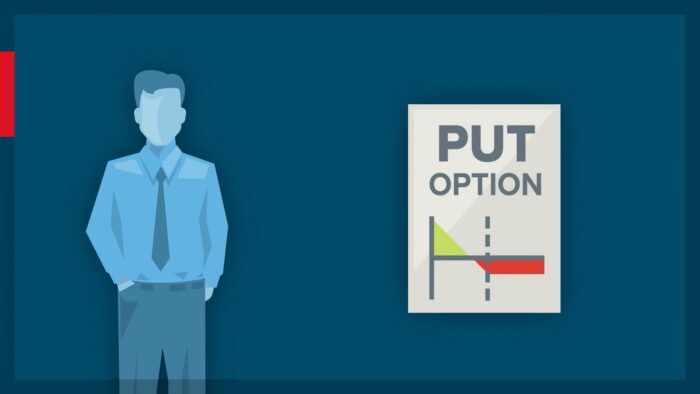

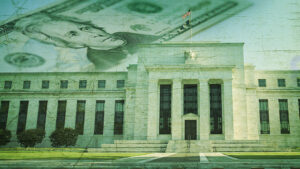






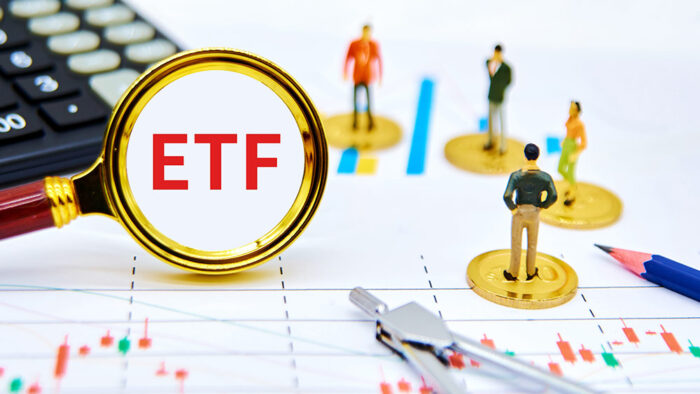


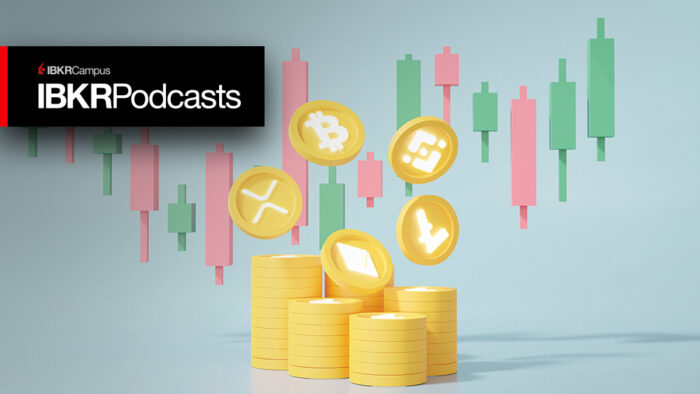














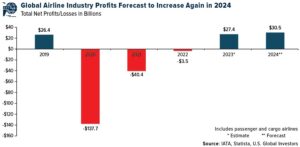



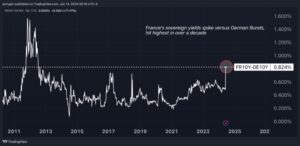
Join The Conversation
If you have a general question, it may already be covered in our FAQs. If you have an account-specific question or concern, please reach out to Client Services.